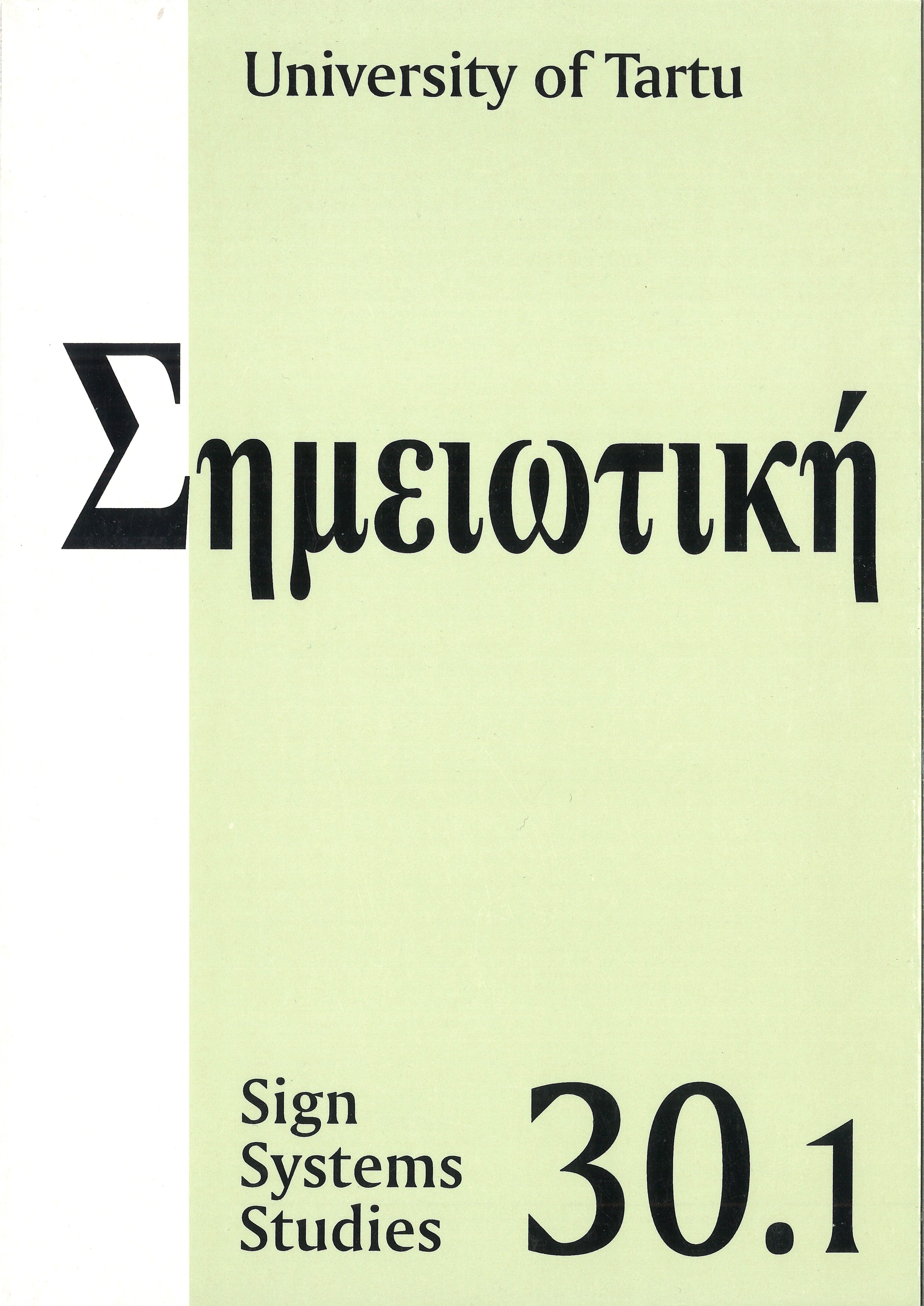Pragmatics and biosemiotics
DOI:
https://doi.org/10.12697/SSS.2002.30.1.15Abstract
Pragmatics, i.e., a system of values (or goals) in agent behavior, marks the boundary between physics and semiotics. Agents are defined as systems that are able to control their behavior in order to increase their values. The freedom of actions in agents is based on the distinction between macrocharacters that describe the state or stage, and micro-characters that are interpreted as memory. Signs are arbitrarily established relations between micro- and macro-characters that are anticipated to be useful for agents. Three kinds of elementary signs (action, perception, and association) have been developed in agents via evolution and learning to support useful and flexible behaviors. The behavior of agents can be explained, predicted, and modified using the optimality principle, according to which agents select those actions that are expected to increase their value. However, agents may select actions based on their own model of the world, which have to be reconstructed in order to predict their behavior. Pragmatics in agents can be induced, learned from individual experience or natural selection, or adopted.


